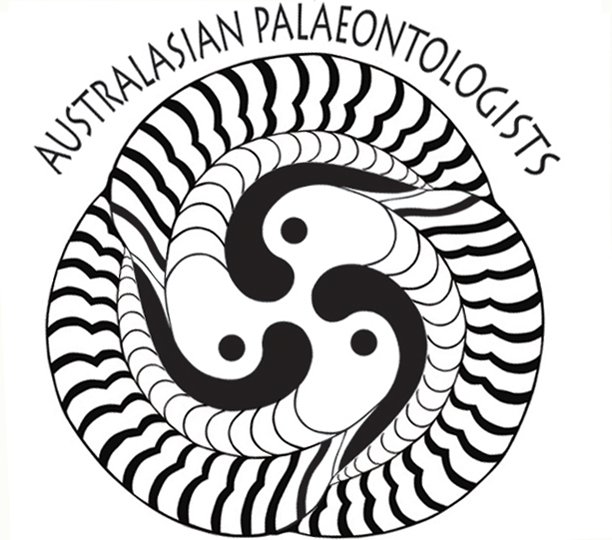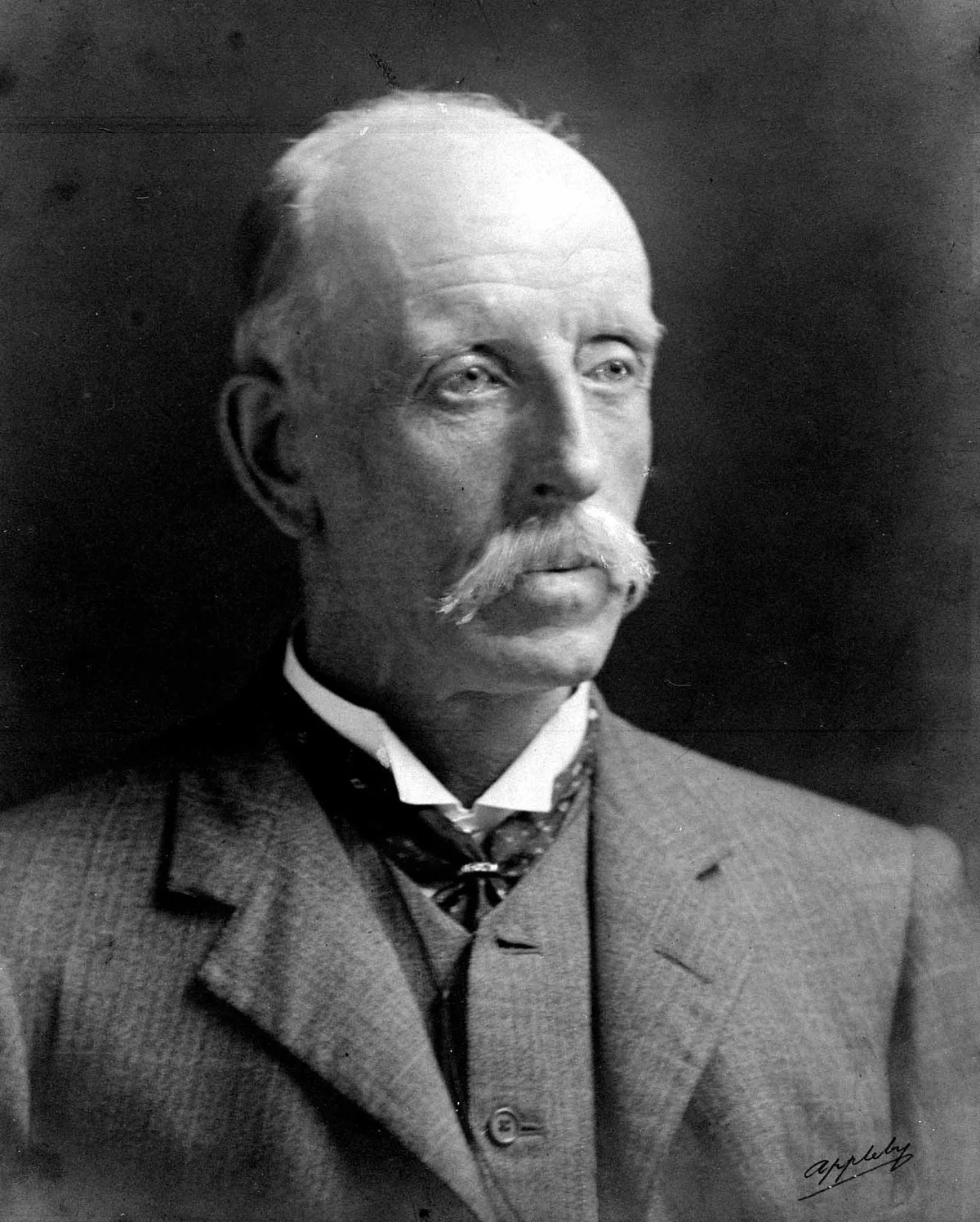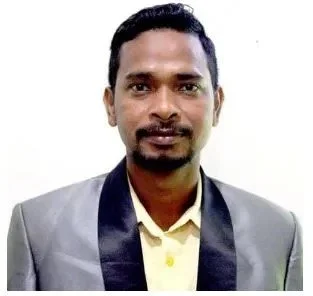AP Awards
-
Lifetime Achievement Award / Career age - open / Awarded annually / By nomination or self-nomination / Must be AP Member / Key Criteria: Must have made an outstanding lifetime contribution to Australasian palaeontology. Judging will take into account the number and quality of publications, research communication and outreach and contributions to student education.
-
Mid-Late Career Award / Career age - 5 to 20 years post-PhD conferral / $500.00 / Awarded annually / By nomination or self-nomination / Must be AP Member / Key Criteria: Award is based on publishing (as first-author) a high-quality paper on Australian palaeontology in any journal within the relevant calendar year.
-
Early Career Award / Career age - 5 years post-PhD conferral / $500.00 / Awarded annually / By nomination or self-nomination / Must be AP Member / Key Criteria: Award is based on publishing (as first-author) the best paper in a peer-reviewed AP publication (currently Alcheringa or the AP Memoirs) in the relevant calendar year.
-
Student Award / Career age - Undergraduate to PhD / $1500.00 / Awarded annually / By nomination or self-nomination / Must be AP Member / Key Criteria: Student members must designate which conference they want to travel to, which must be held within a year from the award. Award will be judged on the quality of the conference abstract submitted to the committee and the distance the student is traveling.
-
Open Award / Career age - Undergraduate to Early Career Researchers (5 years post-PhD) / $1500.00 / Awarded annually / By nomination or self-nomination / Must be AP Member / Key Criteria: Preference will be given to nominations with limited other funding opportunities. Must acknowledge the AP in any conference presentations and published work.
The Robert Etheridge Jr Medal is named after Robert Etheridge Jr (1847–1920). English born, and the only son of a distinguished palaeontologist, he was educated at the Royal School of Mines, London before coming to Australia in the 1860s. He worked in the Victorian Geological Survey until its termination in 1869, and returned to England in 1871. Two years later he was appointed palaeontologist to the Geological Survey of Scotland, then in 1874 he obtained a position in the Natural History Museum, London. Etheridge returned to Australia in 1887 and took up a dual role as palaeontologist to the Geological Survey of New South Wales and the Australian Museum in Sydney. From 1895 he was Curator of the Australian Museum (subsequently Director 1917–1919); under his direction the collection was much expanded and better displayed. He was awarded a grant from the Wollaston Fund by the Geological Society of London in 1877, the Clarke Medal by the Royal Society of New South Wales in 1895, and the von Mueller Medal by the Australasian Association for the Advancement of Science in 1911. He was active up to his death in 1920, leaving a legacy of some 350 published papers dealing mainly with Palaeozoic invertebrate fossils from many areas of Australia. Noteworthy among these is the seminal The Geology and Palaeontology of Queensland and New Guinea by Robert L. Jack & Robert Etheridge, Jr, published in 1892 after a long collaboration. Numerous species of animals, both fossil and extant, have been named in his honour, and his name has also been given to a goldfield in Queensland, a peak in the Kosciuszko Plateau, and a glacier in Antarctica. [Summary of Serle, P., 1949. Etheridge, Robert, Jun. (1847–1920), palaeontologist. In Dictionary of Australian Biography. Angus and Robertson, Sydney]
Recipients
2024 - Jim Gehling and Jim Jago
2023 - Geoffrey Playford
2020 - Prof John Talent and Prof Barry Webby
2019 - Dr Kath Grey
2018 - Dr Thomas Rich
2016 - Prof Bruce Runnegar
Prof. Jim Jago and Prof. Jim Gehling
Prof. Geoffrey Playford
Dorothy Hill was Research Professor of Geology, University of Queensland 1959–1972 and served for six months as President of the Australian Academy of Science, Canberra in 1970. She was the first woman elected a Fellow of the Australian Academy of Science (FAA) and has published widely on palaeontology, stratigraphy and geology. She is commemorated by Dorothy Hill Chair in Palaeontology & Stratigraphy at the University of Queensland, established in 1972 and the Dorothy Hill Library, University of Queensland. [Summary from Encyclopedia of Australian Science: http://www.eoas.info/biogs/P000494b.htm ]
Recipients
2022 - Dr Matthew McCurry
2021 - Professor Kate Trinajstic
2020 - Dr Scott Hocknull
2019 - Dr Chris Mays
Prof. Kate Trinajstic
Dr Matt McCurry
Enjoying the icebreaker at Palaeo Down Under 3 in Perth (2023).
AAP Student Travel Award
Recipients
2023 - Stephanie Richter Stretton (top left)
2023 - Roy Farman (bottom left)
2023 - Alexey Ippolitov (top right)
2023 - Ben Robertson (bottom right)
2020-2022 - no awards due to COVID
2019 - Elizabeth M. Dowding
The Mary Wade Prize honours Dr Mary Julia Wade (1928–2005), an Australian-born researcher in Cenozoic foraminifers; Mesozoic dinosaurs, marine reptiles and molluscs; early Palaeozoic nautiloids; and the Ediacara biota. Born in Adelaide, her early love of natural history and animals led her to become a competent stockwoman. In 1947 Wade entered the Department of Geology, University of Adelaide, then headed by Douglas Mawson, completing a Bachelor of Science with Honours (1st Class) in micropalaeontology in 1954. Her thesis topic was South Australian Cenozoic foraminifers. Wade then worked as a Senior Demonstrator at the University while continuing her postgraduate studies on foraminifers, and was awarded a Doctor of Philosophy in 1959. She remained at the University and collaborated with Martin Glaessner on late Precambrian fossils from Ediacara in the Flinders Ranges. In 1971 she became Curator of Geology at the Queensland Museum, Brisbane, where she worked her way up progressively to Senior Curator, then Deputy Director in 1980, and finally Acting Assistant Director in 1986. During this period she focussed on Mesozoic dinosaurs and marine reptiles. One notable endeavour was her participation in excavation and study of spectacular dinosaur trackways at Lark Quarry near Winton, Queensland. She retired in 1993, but remained at the museum as an Honorary Research Associate. The following year she was awarded the Queensland Museum Medal. A Geological Society of Australia special symposium was held in her honour in 1998. Her legacy is embodied in her scientific enthusiasm and promotion of geotourism, her drive in seeing the Queensland Museum's fossil collections grow to a world class collection, and the permanent record of her diverse scientific research. [Summary of Alafaci, A., 2005, modified 2011. Wade, Mary Julia (1928–2005). Encyclopaedia of Australian Science; and Turner, S., 2007. Invincible but mostly invisible: Australian women's contribution to geology and palaeontology. Geological Society, London, Special Publications 281, 165–202].
Recipients
2022 - Isaias Santos Barros
2020 - Dr Peter Bishop
2018 - Dr Stephen Poropat
2016 - Dr Chris Mays
Isaias Santos Barros










